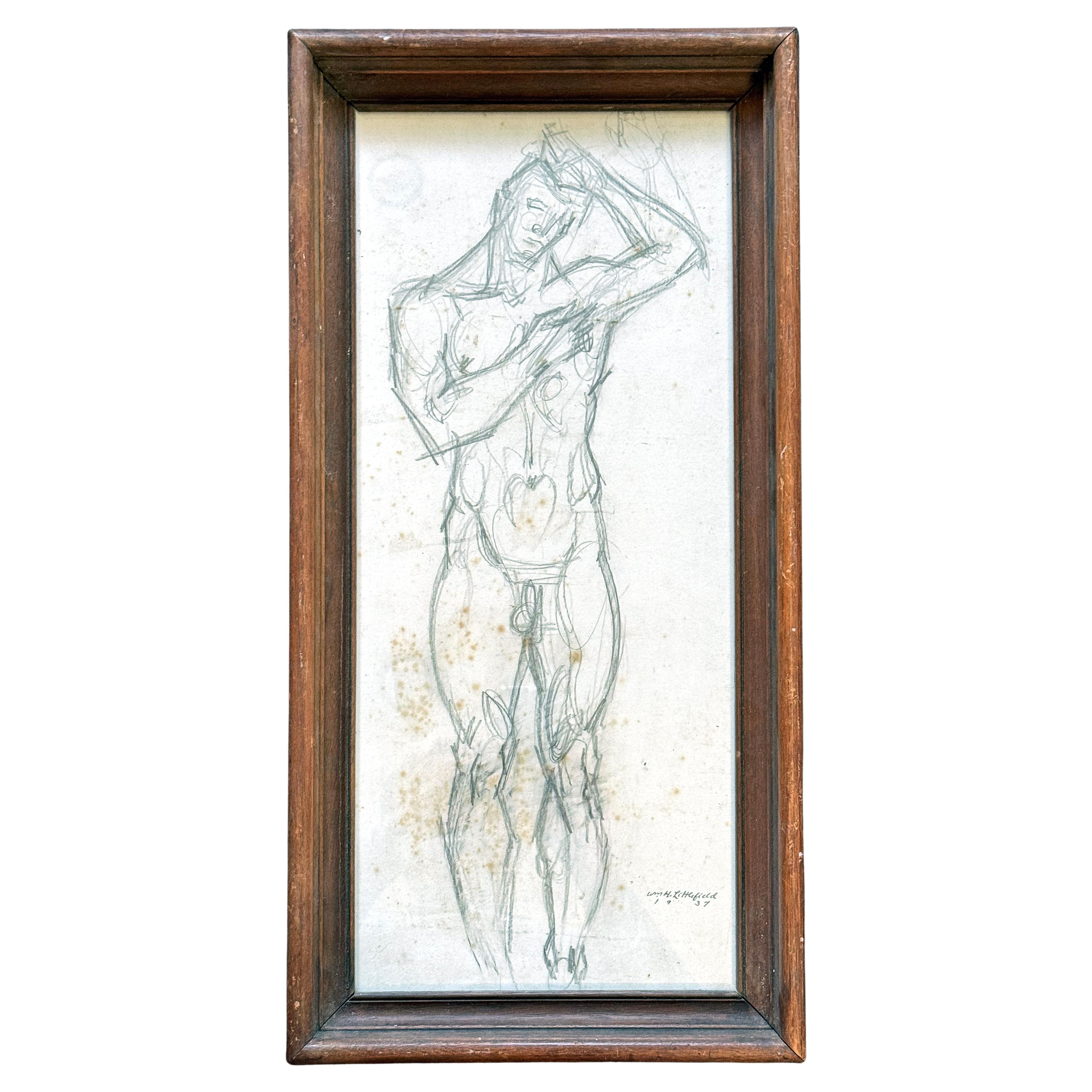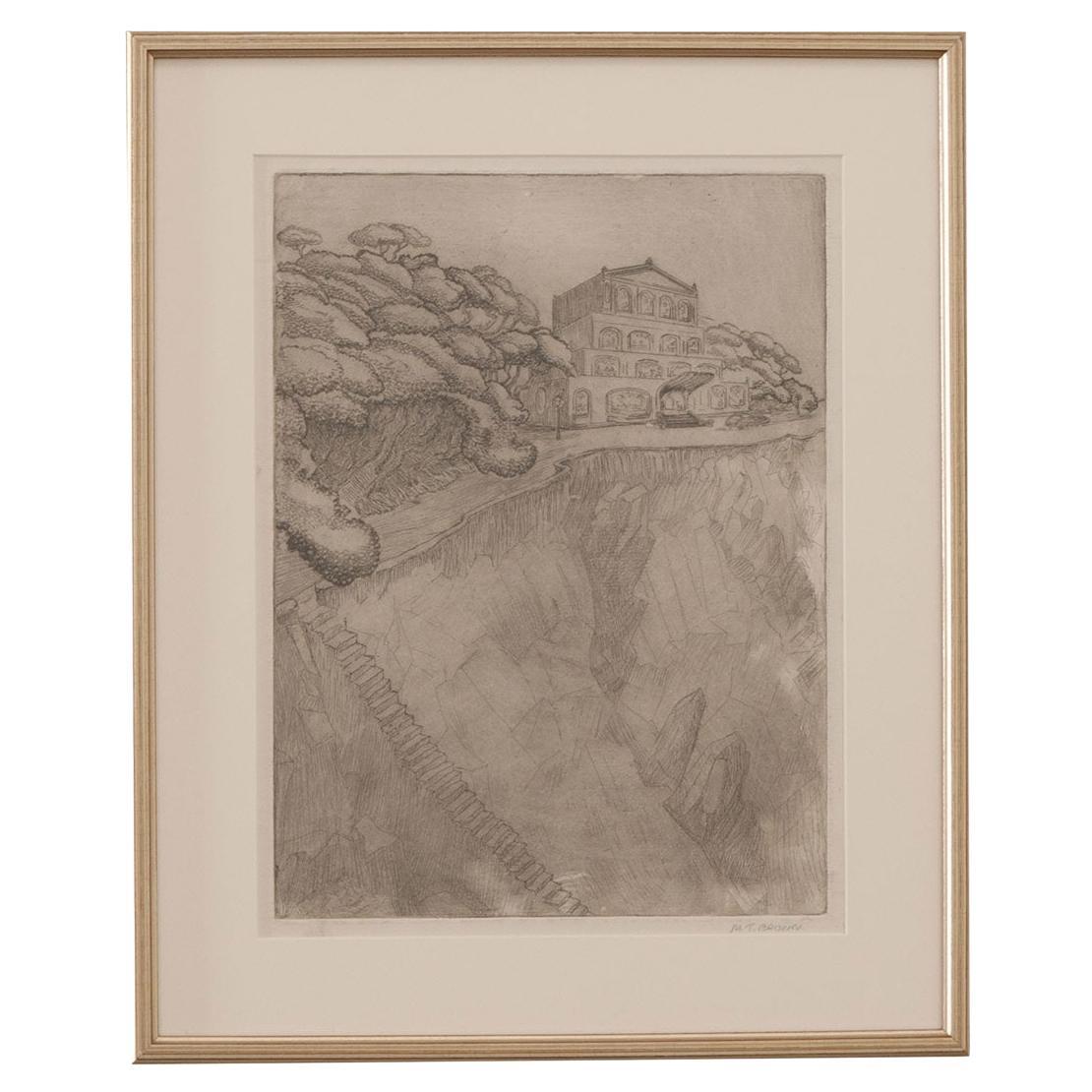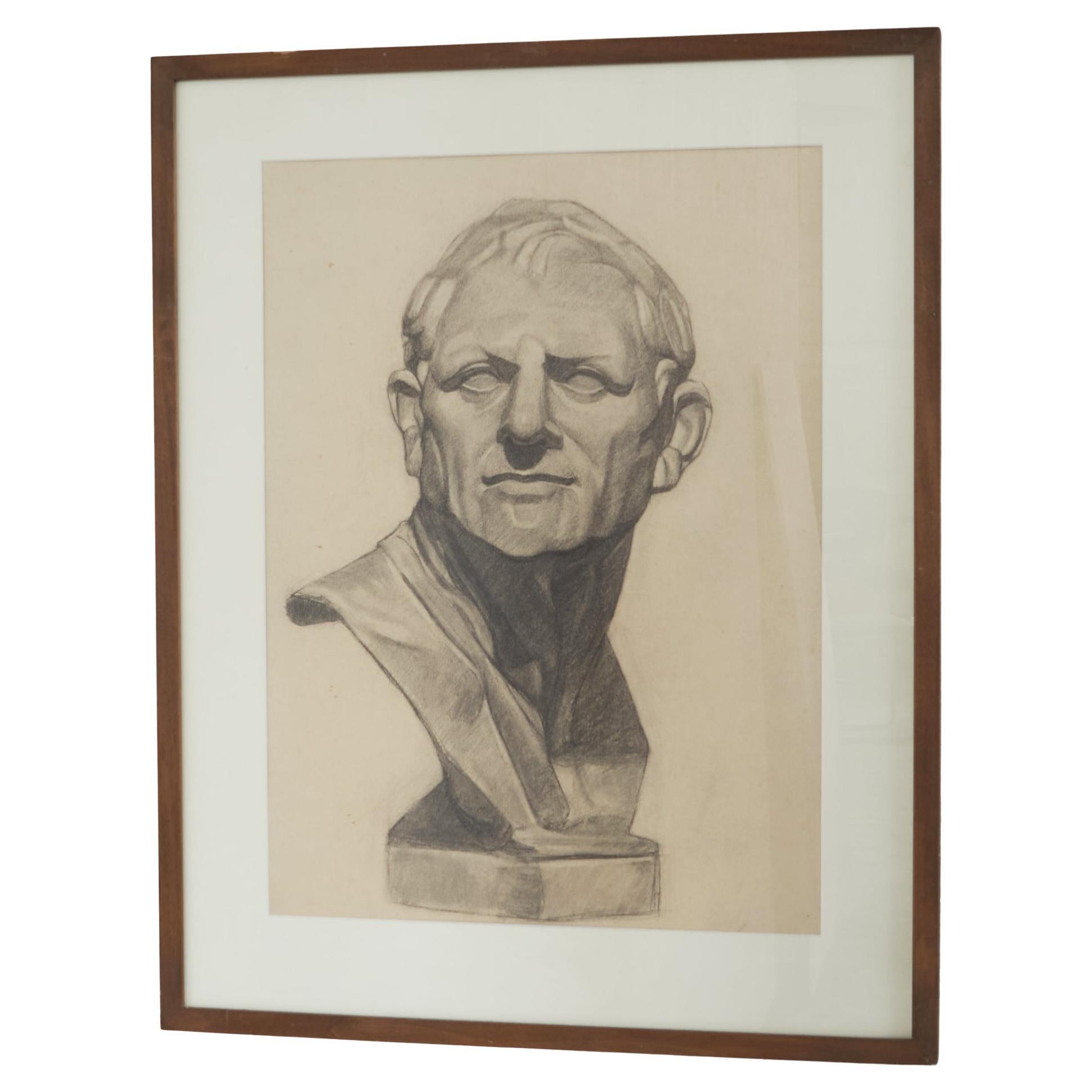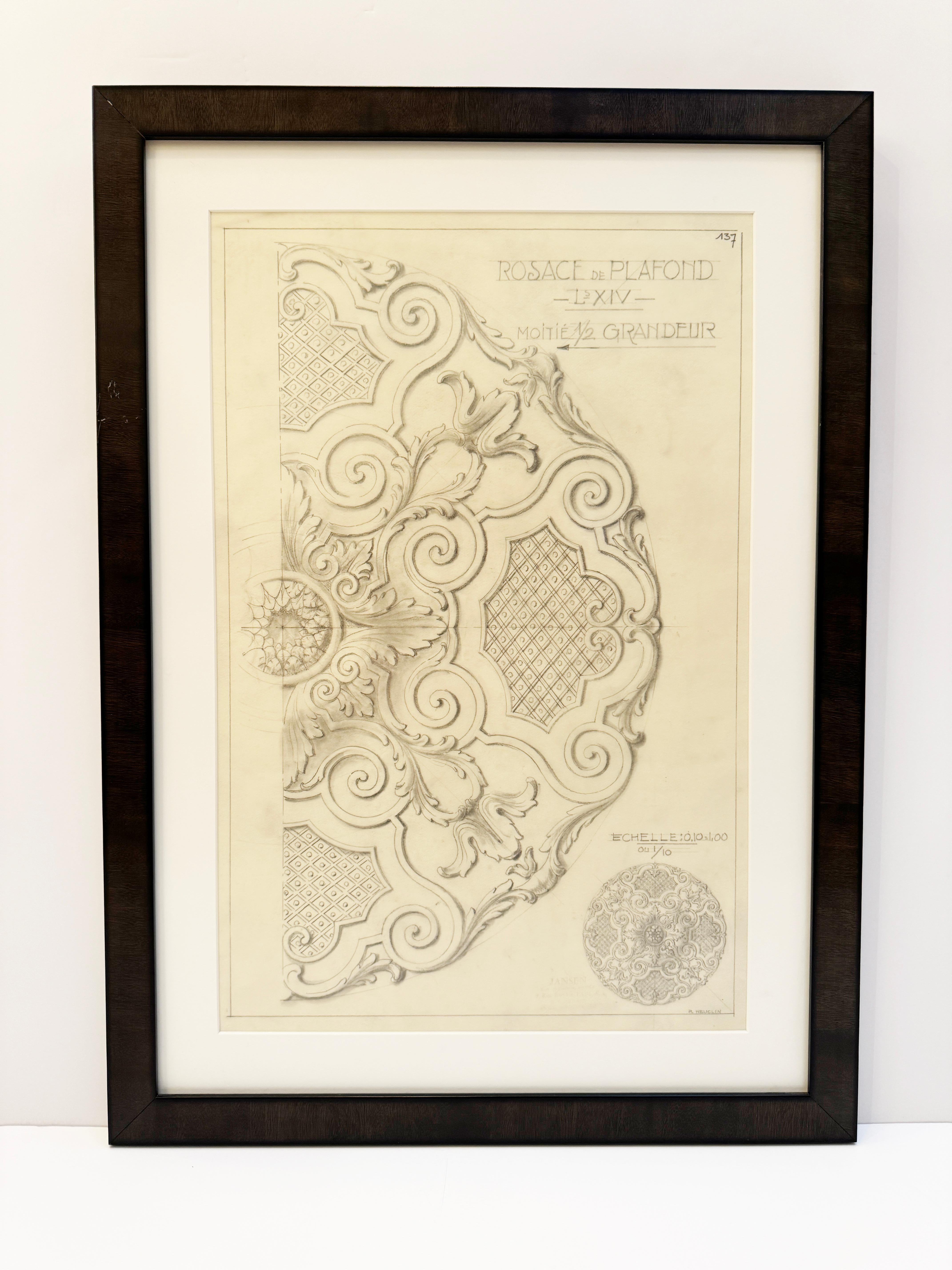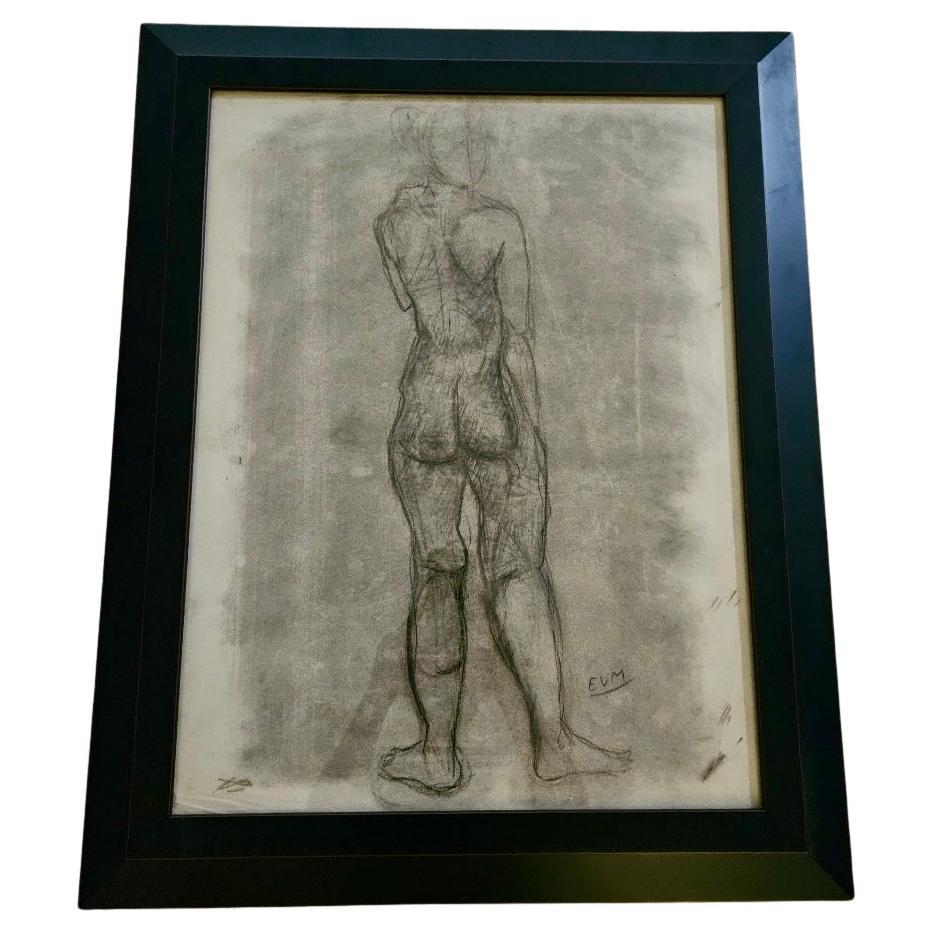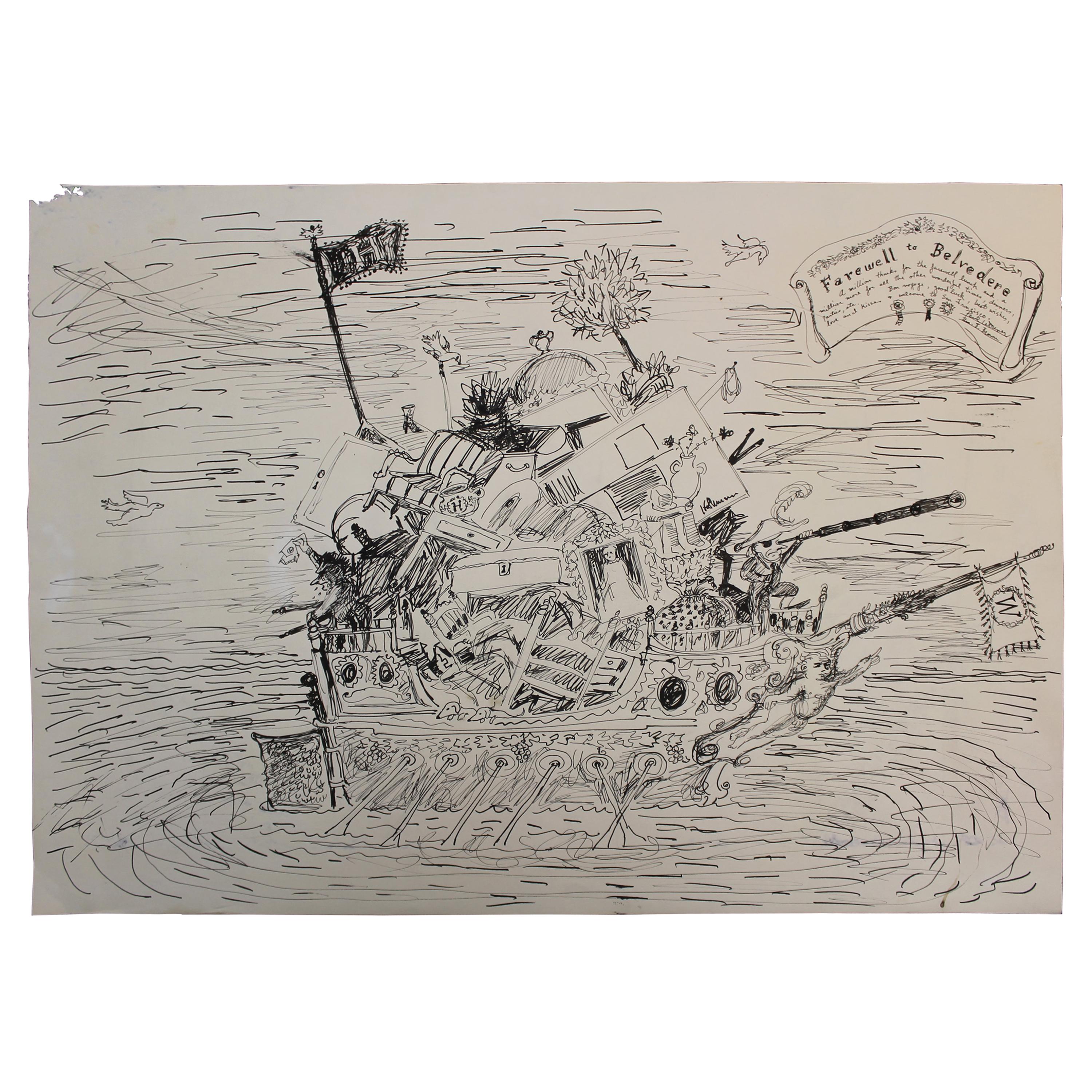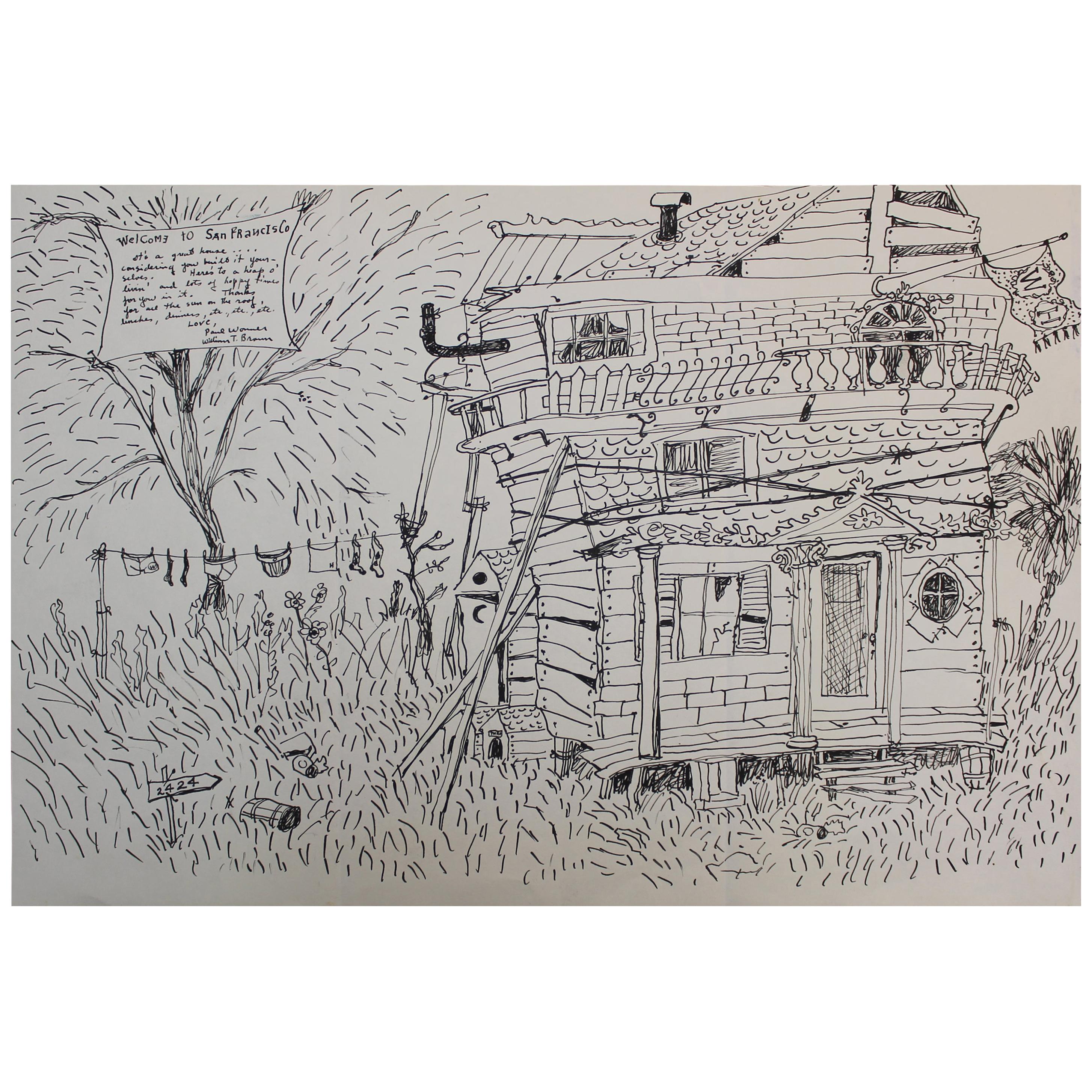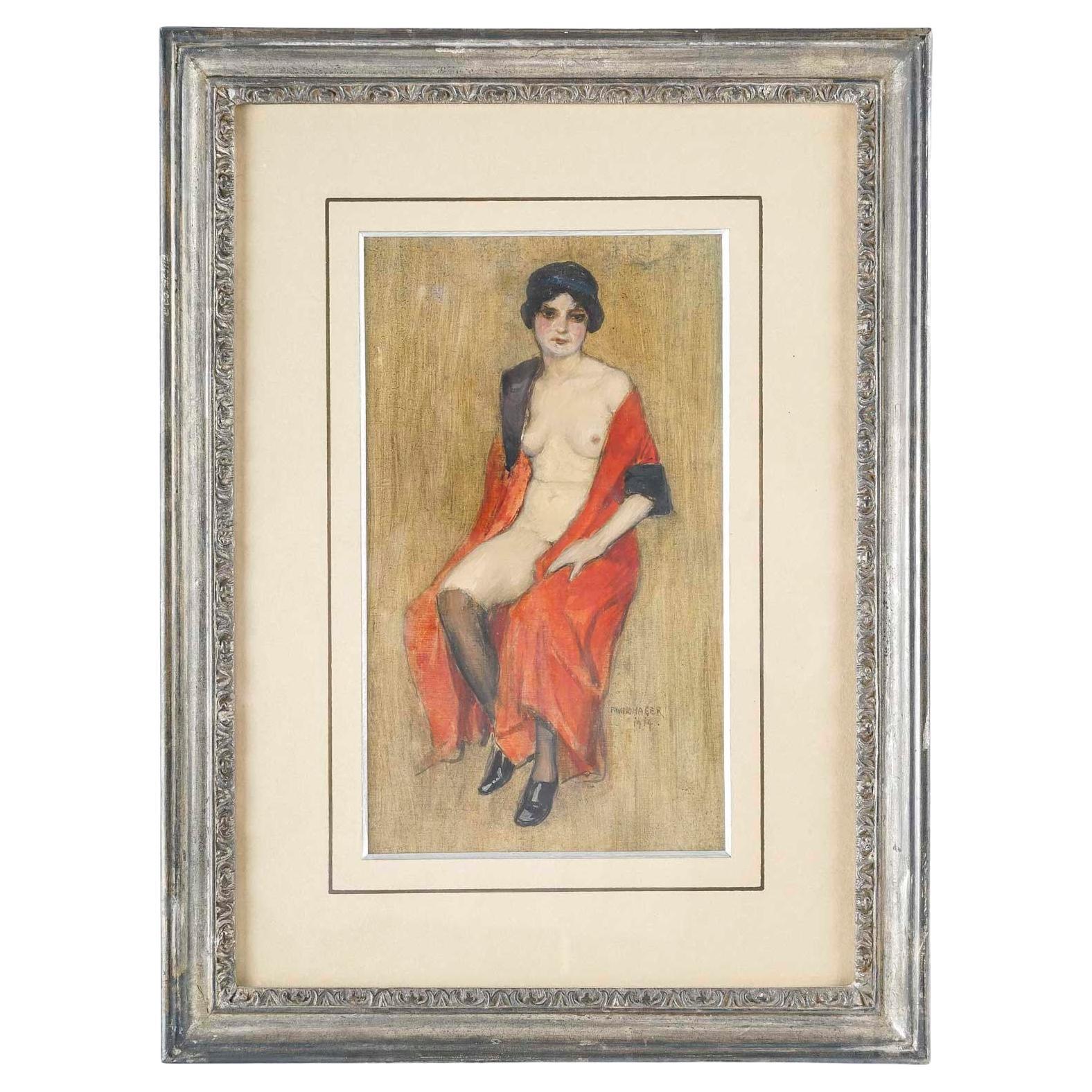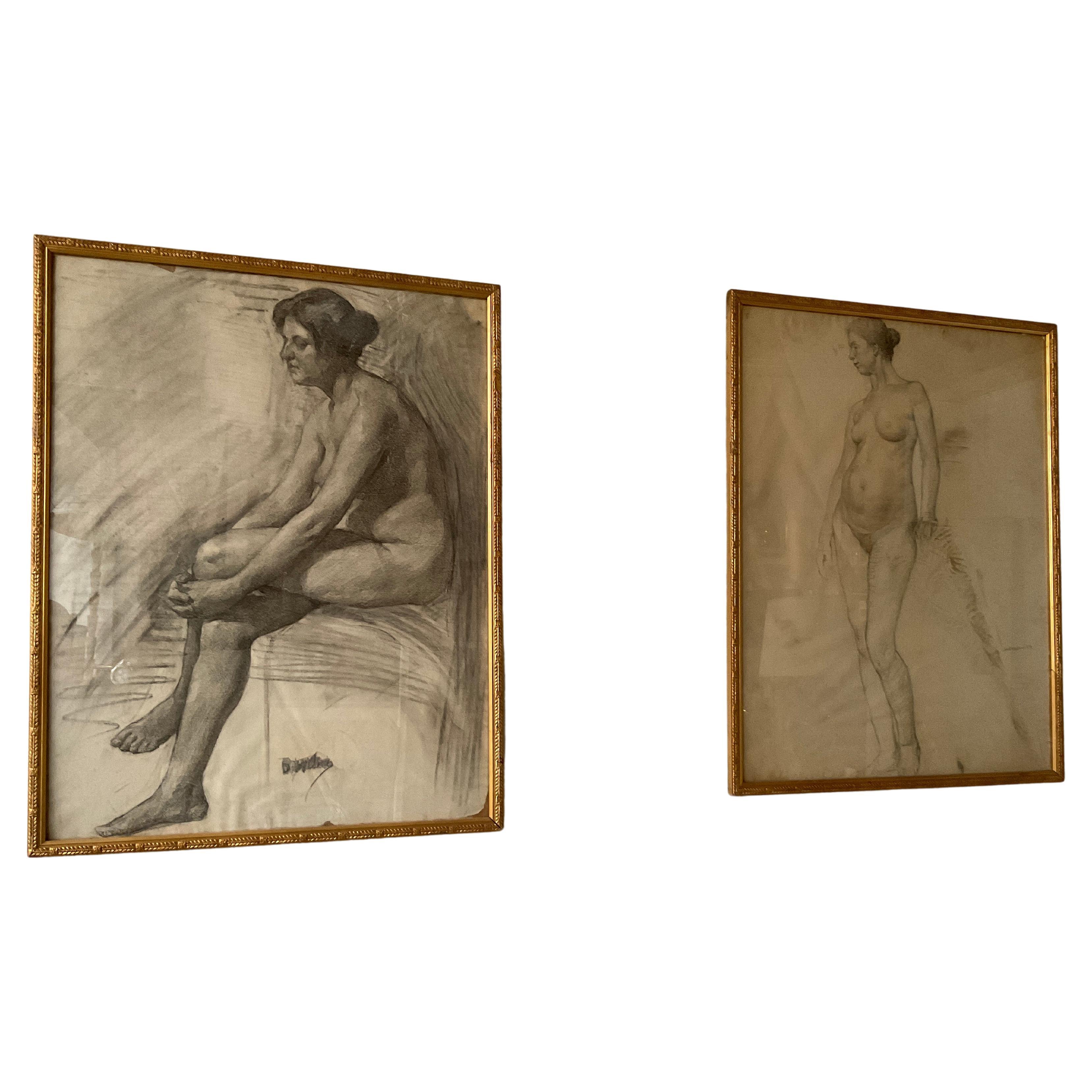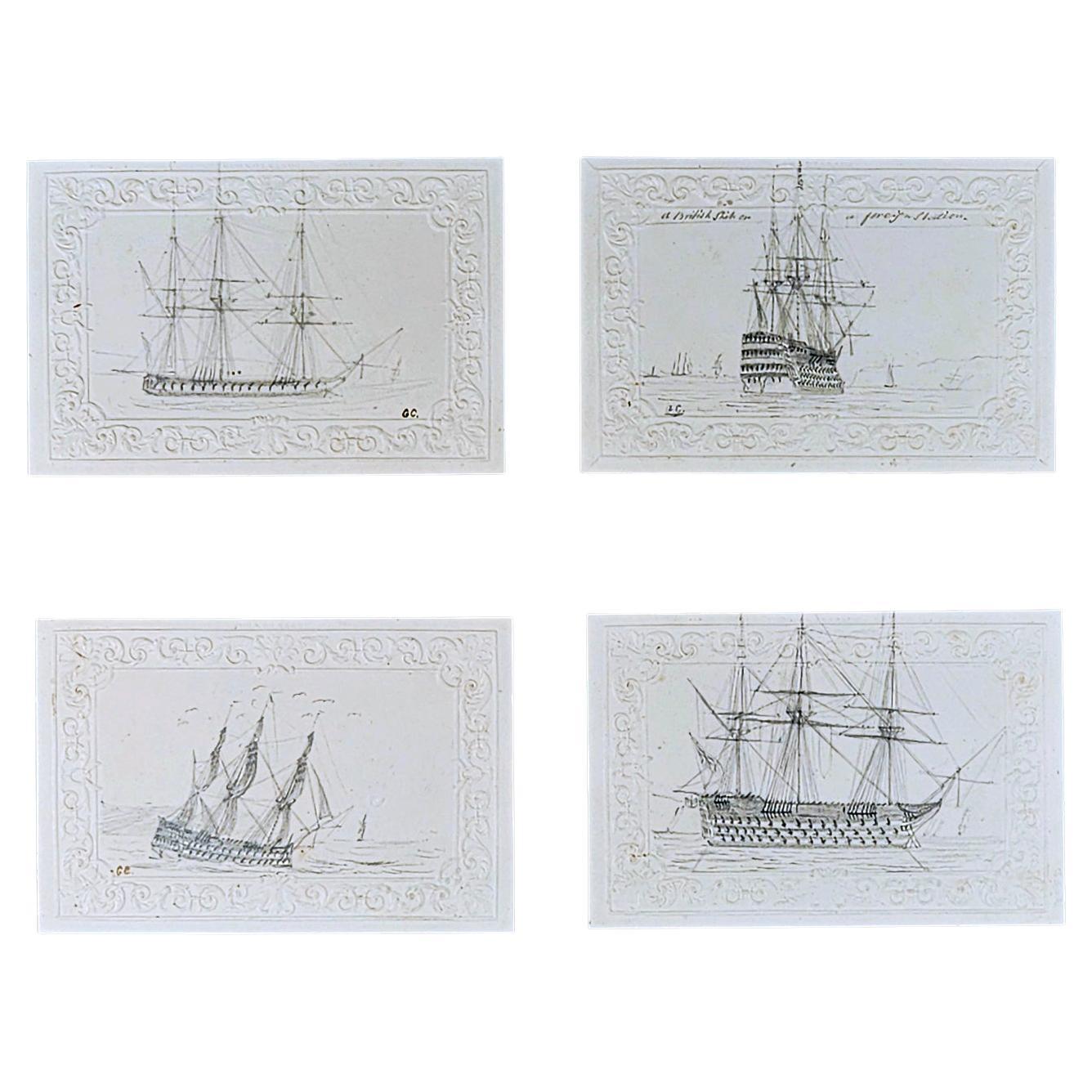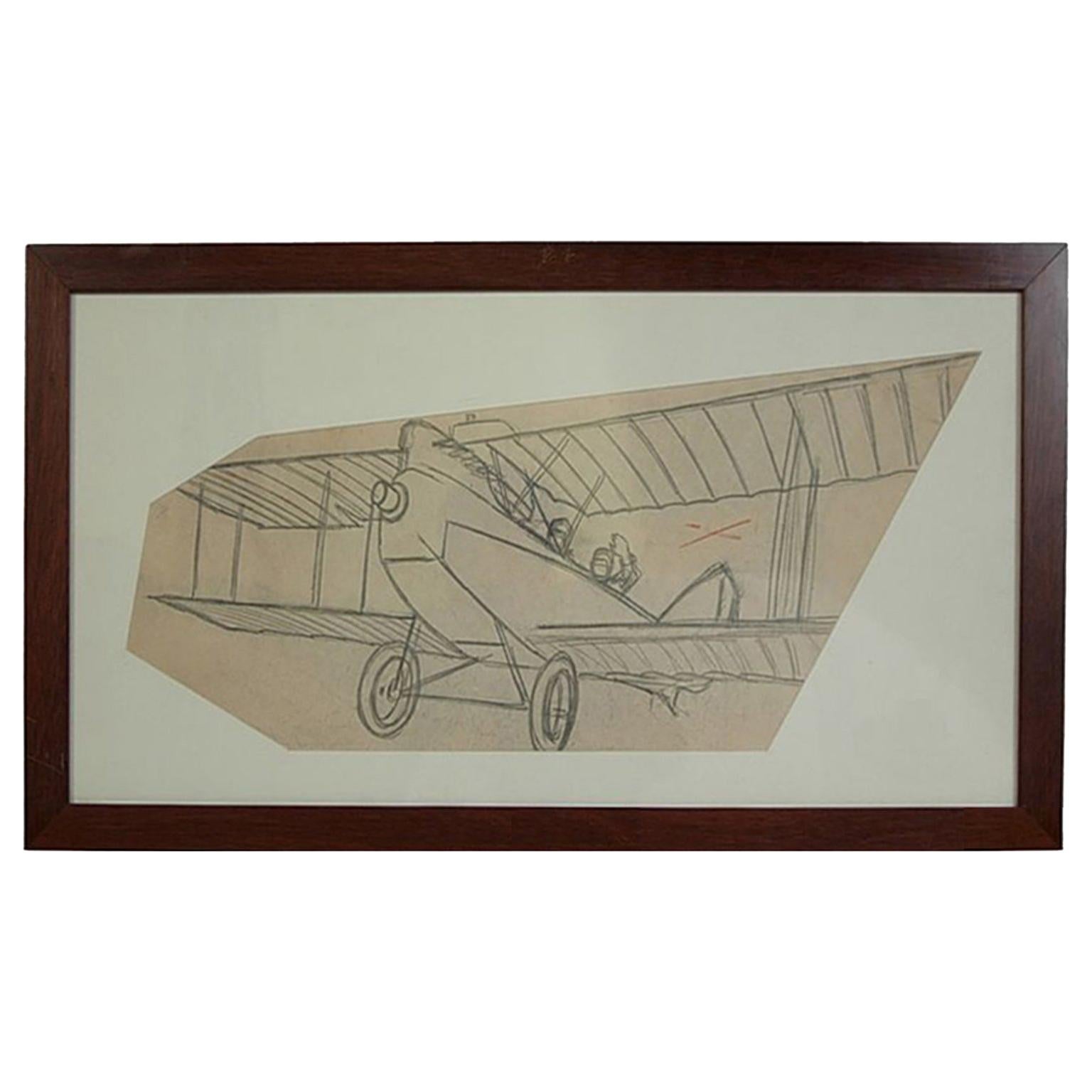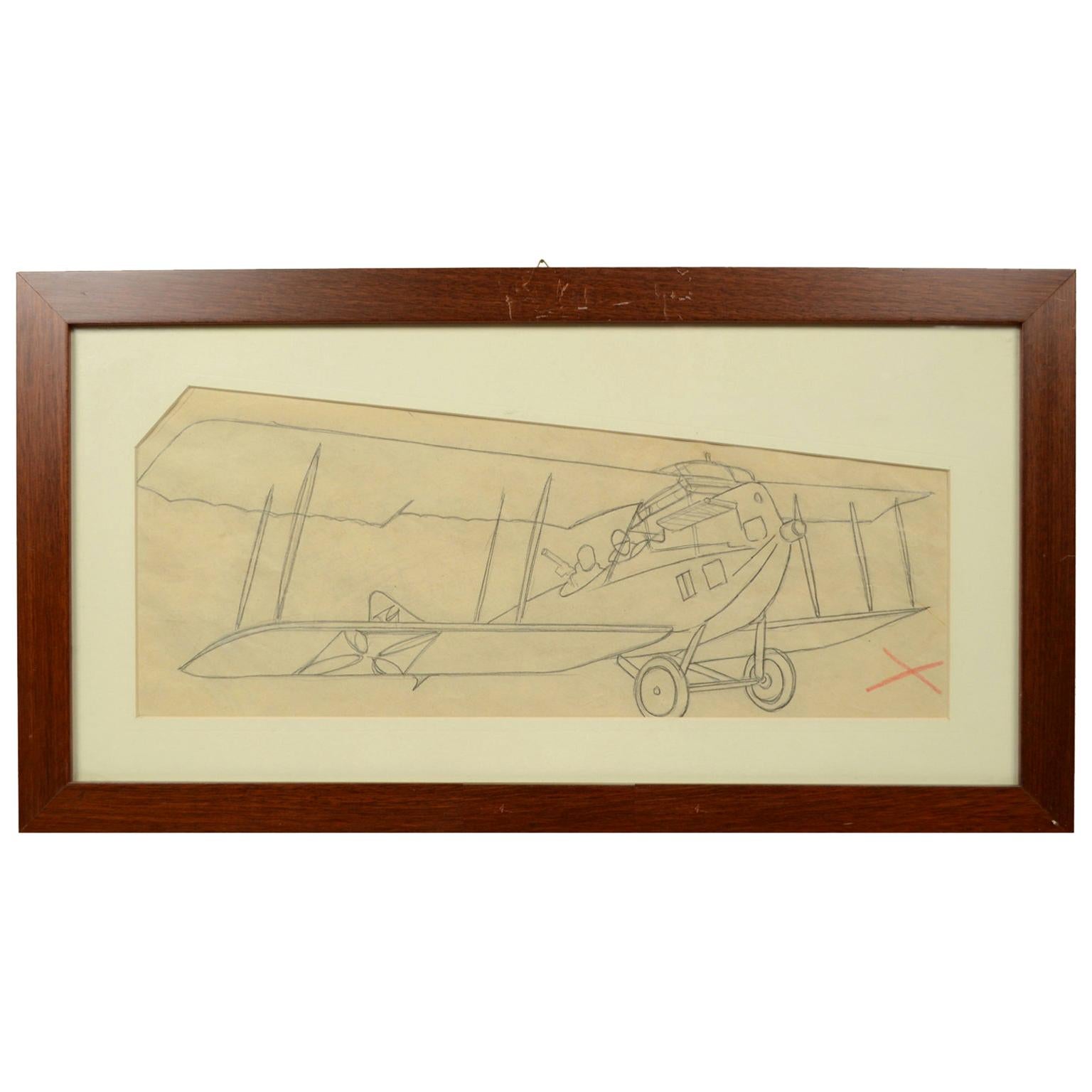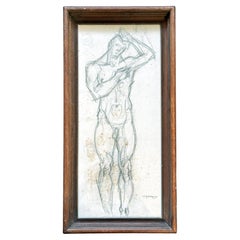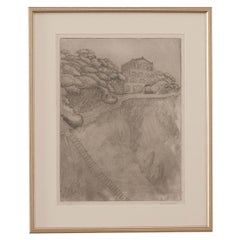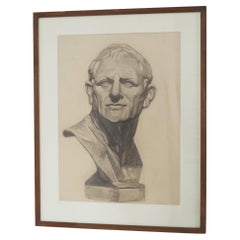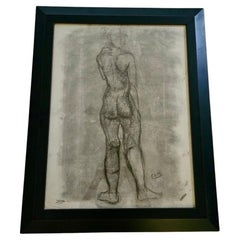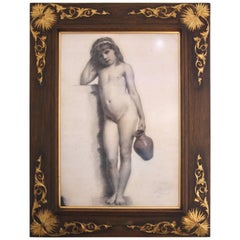
Pencil Drawing by William Charles Thomas Dobson
View Similar Items
1 of 8
Pencil Drawing by William Charles Thomas Dobson
$2,500List Price
About the Item
- Creator:William Charles Thomas Dobson (Artist)
- Dimensions:Height: 38 in (96.52 cm)Width: 29.5 in (74.93 cm)Depth: 1.75 in (4.45 cm)
- Style:Romantic (Of the Period)
- Materials and Techniques:
- Place of Origin:
- Period:
- Date of Manufacture:1882
- Condition:Wear consistent with age and use.
- Seller Location:West Palm Beach, FL
- Reference Number:Seller: AM1stDibs: LU928310788963
Authenticity Guarantee
In the unlikely event there’s an issue with an item’s authenticity, contact us within 1 year for a full refund. DetailsMoney-Back Guarantee
If your item is not as described, is damaged in transit, or does not arrive, contact us within 7 days for a full refund. Details24-Hour Cancellation
You have a 24-hour grace period in which to reconsider your purchase, with no questions asked.Vetted Professional Sellers
Our world-class sellers must adhere to strict standards for service and quality, maintaining the integrity of our listings.Price-Match Guarantee
If you find that a seller listed the same item for a lower price elsewhere, we’ll match it.Trusted Global Delivery
Our best-in-class carrier network provides specialized shipping options worldwide, including custom delivery.You May Also Like
"Standing Male Nude", Pencil Drawing by William Littlefield, 1937
By William Littlefield
Located in Philadelphia, PA
Powerfully expressed, with the angular stylization characteristic of Art Deco decorative art, this pencil drawing was executed in 1937 by William Littlefield. The artist was fascina...
Category
Vintage 1930s American Art Deco Drawings
Materials
Paper
Framed Pen & Pencil Drawing by M.T. Brown
Located in Baton Rouge, LA
An ink and pencil landscape drawing from England signed by M.T. Brown. Recently matted and framed, this drawing has the viewer standing close to see all the well rendered details, fine lines and shading. The imagery is an interesting scene depicting cliffside mountain steps going up to a winding road shaded by cloud shaped trees leading to a mid-century hotel with a racy little car in front. This delightful drawing pairs...
Category
20th Century English Other Drawings
Materials
Paint
Anton Pieck 'Roman' Pencil Drawing
Located in Tilburg, NL
Pencil drawing of a Roman man by Anton Pieck (1895-1987).
When viewed up close the craftsmanship of Anton Pieck is obvious. He was a highly skilled arti...
Category
Mid-20th Century Dutch Classical Roman Drawings
Materials
Glass, Walnut, Paper
Nude Female Pencil Drawing by Eugene Van Mieghem
Located in West Palm Beach, US
This exquisite pencil drawing on paper by renowned Belgian artist Eugène Van Mieghem captures the timeless beauty of the female form. Signed with his distinctive monogram on the bot...
Category
Early 20th Century Belgian Neoclassical Drawings
Materials
Paper
$1,608 Sale Price
20% Off
Original Jansen Architectural Pencil Drawing
By Maison Jansen
Located in New York, NY
An original Jansen pencil drawing
depicting an architectural detail
"Rosace de Plafond" page 137.
Stamped: Jansen, 9 Rue Royale Paris 8e.
Category
Vintage 1940s French Drawings
Materials
Paper
Drawing by Paul Wonner and William Theophilus Brown
By Theophilus Brown
Located in Palm Springs, CA
Drawing on paper by Paul Wonner and William T. Brown. Titled 'Welcome to San Francisco'. Drawing is not framed.
NOTE: We have another drawing by both of these artists titled 'Farew...
Category
Vintage 1960s American Drawings
Materials
Paper
$2,400 Sale Price
25% Off
Recently Viewed
View AllMore Ways To Browse
Single Line Drawing
Swatch Wall
Mendel Furniture
Vintage Figure Sketch
Antique Calligraphy Pens
Yves Saint Laurent Drawing
Gay Male Nude
Male Gay Art
Fashion Sketch Karl Lagerfeld
Robson And Sons
African Male Nudes
Leslie Charlotte Benenson
Fashion Sketches
Betty Woodward
Moroccan Male Nude
William Coventry Wall
Earl Hubbard
Jacques Azema
